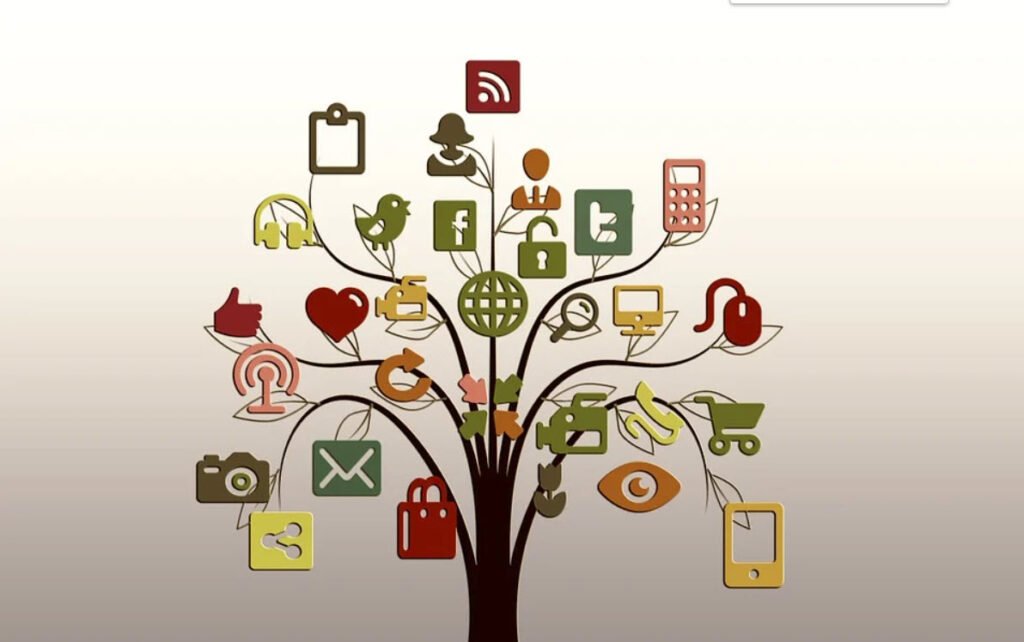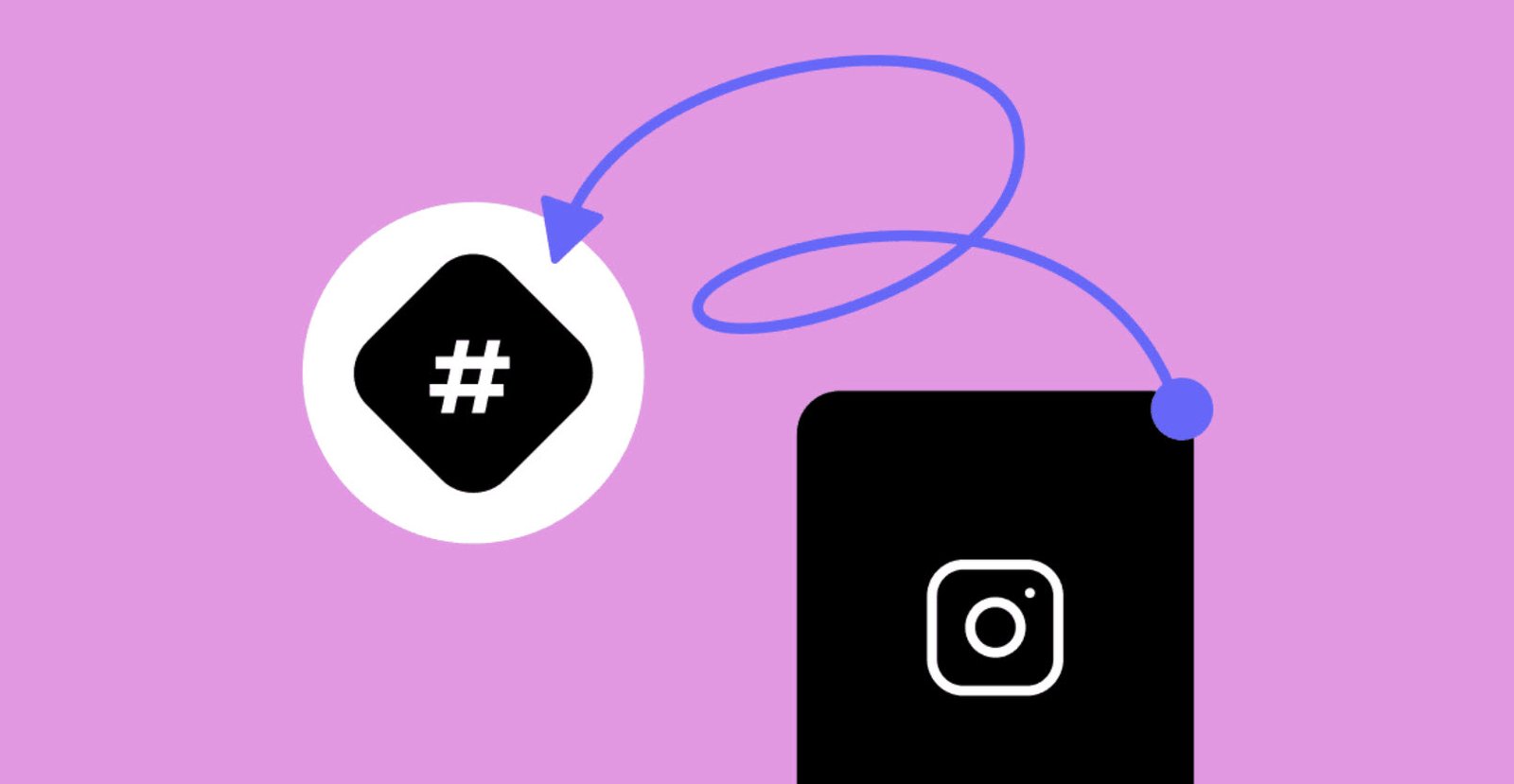
Social media marketing is an ever-growing, ever-changing sector, but there are a number of core elements that will help you ensure a steady foundation to your social media ventures. In 2020, over 3.6 billion people worldwide were using social media such as Facebook, Twitter, WhatsApp etc, with that number projected to increase to nearly 4.41 billion by 2025.
Also Read: 100+ Important Terms Related to SEO and Digital Marketing
Instagram, Twitter, LinkedIn, and Facebook all have a type of newsfeed that delivers content for users. These news feeds mainly consist of posts, images, videos, and articles from different people that the users have chosen to follow.
The below mentioned tips are not listed in any particular order. They’re all important, but you may find that certain methods make more sense for your brand and business model.
1. Add your social profiles to your email signature
Think about how many emails you send per day. Now imagine each email you send is a chance for someone new to find out about your social media profiles. Stick your social media URLs in your email signature along with a ‘Like Us’ call to action, and a reason why people should visit and ‘like’ your Page,
e.g. “Like us on Facebook for exclusive vouchers and discount codes!”
2. Blog about your social profiles, give reasons to follow
If you have a company blog, why not create a post specifically to promote your social media presence? Give your readers five compelling reasons why they should ‘Like‘ your fan pages in a blog post –
e.g. exclusive offers, news to their feeds, sneak peeks at upcoming products.
Don’t beg them to like you; just give reasons why they’ll benefit and watch the like box numbers trickle upwards.
3. Promote your social media profiles in the real world
Anywhere you can display your social media URLs is free advertising for you. Just think how many people would see a car bumper sticker with your Facebook address on, or a sign in the office or store window asking visitors to follow you on Twitter.
In addition, combine offline and online by letting the people you meet in real life know about your social profiles, by getting their URLS printed on your business cards, letterheads, etc.
4. Ask different sets of followers to like your other profiles
If a person follows you on one social network, chances are good that they will want to follow you on another too.
For example, give some compelling reasons to your Twitter followers as to why they should join your Facebook community, much as in the example for your blog post promotion mentioned above.
Suggested Read: 10 Tips for a Successful YouTube Channel
A tweet might read, “Great discussion about our newest garden tool range happening right now – get involved! In addition, don’t be afraid to directly promote your social profiles once in a while.
Unlike the approach above, here you simply point people to your page with a message along the lines of “Enjoying our tweets? Why not join us on Facebook too? Click here: http://www.facebook.com/hymeblogs“.
Create and save three or four different variations of this message, so that you don’t repeat the same tweet over and over.
5. Ask your email list to like your social profiles
Got an email marketing list? Consider sending a dedicated email asking your subscribers to follow or like you on social networks – again with compelling reasons as to why they most definitely should.
Whenever you send out future messages to them, include links to your social profiles underneath the main message.
Frequently Asked Questions
- Should I keep my social media posts short?
While many studies will advise you to keep text in your social media posts to a minimum in order to cater to low attention spans and mobile users, my advice is different. The reason? Studies like these will have covered a spectrum that includes text-heavy posts with low engagement that are often the result of poor writing practices, and short posts like memes that only generate lots of cheap, low quality engagement.
Our advice is to put the quality of your written content first and see how a mixture of lengths affects your engagement rates, rather than worrying about sticking strictly to a set character limit.
- When is the best time to post on social media?
Depending on which study you read, the “best” time to post on social media to maximize organic reach and engagement will differ wildly. Some will offer general guidance: advising you to post at the time of day when most people are likely to be checking social media, i.e. first thing in the morning and in the evenings.
Others will recommend that you to use hard evidence – tools like Facebook Insights and its “When Your Fans Are Online” data, and Google Analytics’ activity – to determine what time of day your posts receive the most engagement, and stick to posting around those hours.
Alternatively, there’s the “late night infomercial effect” school of thought. This states that you should post content in the twilight hours, at a time where there will be much less competition in peoples’ news feeds, when an international audience (if you have one) is most likely to spot your updates, and to boost the chance that your posts might – as a result of being published at night – be the first thing fans see when they wake up in the morning.
As goes the advice on similar issues, there is no “one size fits all” answer, so the key to finding out when your best time to post on social media is down to experimentation. Use all of the suggestions above to run a few tests, then tweak your strategy until you find the single method (or a combination) that works best for you. As always, re-evaluate your approach from time to time to ensure your posts are performing as well as they can be.
- Use emoticons to increase engagement
Emoticons have long been used online as a way to express emotion with more lucidity than text alone can convey, and their significance rolls on into the social media era.
Not all emoticons are created equal, however. The best three performing smileys were 😀 (very happy), 😛 (poking out tongue) and 😀 (very happy including nose).
Posts that garnered the least amount of interaction included emoticons like :o) (happy with round nose), 😉 (winking) and <3 (love heart).
On the topic of emoticons, it’s worth knowing that Twitter, Snapchat, Facebook all support the use of Emojis – fully-drawn, expressive emoticons and ideograms that can add a whole new layer of fun and expression to your status updates; select them via the smileys option on your mobile device.
- Don’t post for ’empty’ engagement
One of the biggest traps that lots of many businesses fall into is that of posting certain kinds of posts as bait to encourage likes and comments.
The most obvious examples of this are ‘Fill in the Blank’ and ‘Click LIKE if you think X is X…” sort of posts on Facebook. While these are great for occasional use, they do not give you a very accurate overview of fans and customers who are really engaged with your content, and how successful your efforts really are.
Anybody can post an image of a cute kitten to get likes, but what real impact does it have on your fans’ opinion of your brand?
- Search the web for social mentions of your brand
While I’ve touched on the different ways that you can use individual social networks to discover and track mentions of your brand, one popular (and free!) “catch all” solution to see real-time activity/search, understand your content’s reach, and get a top-down idea of your brand reputation, is SocialMention.
Type in and search for your brand name and keywords related to your company, and experiment with the different filters found in the drop-down menu. For each mention found, the site provides a set of overall metrics particular to it, including the sources it is found at and whether people are interacting in a positive or negative fashion. Hover over each metric with your cursor for a short definition of each.
You may also like:- Robert Kiyosaki’s Economic Forecast – A Depression and No Soft Landing
- MrBeast Embraces X – A New Era of Content Creation
- Surprise Move: X, Formerly Twitter, Plans to Make DMs Public?
- Don’t Waste Time on UPSC – PM Economic Advisor Sanjeev Sanyal
- Breaking News: Telegram Banned in Spain
- 20 Most Popular Niche Hashtags for Boosting Your Social Media Presence
- What to Consider When Making a YouTube Video
- Advantages of Creating Your Own YouTube Videos
- The Power of Social Media Advertising in Modern Marketing Strategies
- Pros and Cons of Making Your Own YouTube Videos








